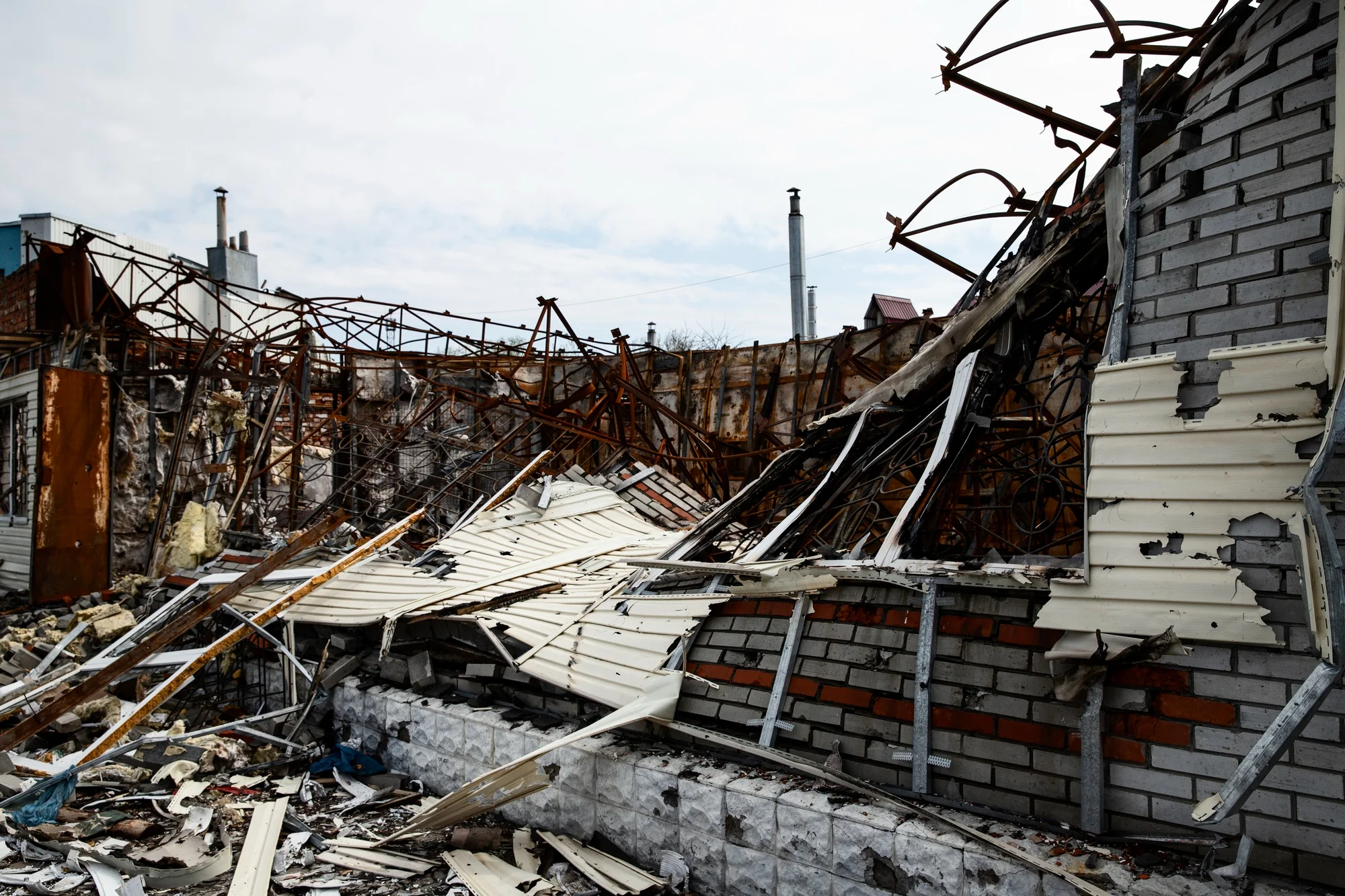Keywords
1. Amatrice-Visso-Norcia seismic sequence
2. Early aftershocks catalog
3. Fault segmentation Italy earthquakes
4. Seismology Italy 2016 earthquake
5. Normal faulting earthquake study
A groundbreaking study spearheaded by Luigi Improta and a team of Italian researchers from Istituto Nazionale di Geofisica e Vulcanologia (INGV) has produced the first high-quality catalog of early aftershocks for the 2016 central Italy Amatrice-Visso-Norcia normal faulting sequence. This new research published in Scientific Reports (Sci Rep) offers unique insights into the complex architecture of major causative and subsidiary faults, providing crucial constraints on multi-segment rupture models. The work presented here not only documents the intricacies of fault dynamics but also suggests the urgent need to revisit and enhance current seismic hazard models for the region.
Understanding the Aftershock Distribution: A Step Towards More Accurate Seismic Hazard Assessments
The Italian research team meticulously located a total of 10,574 manually picked aftershocks through a robust probabilistic, non-linear method. Their efforts resulted in a significant enhancement in solution accuracy and magnitude completeness compared to previous studies. By dissecting the aftershock distribution and the relocated mainshocks, researchers have offered a clearer picture of the seismic network’s intricate mechanisms beneath the surface.
One of the key findings of the study is the reactivation and kinematic inversion of the west-northwest-dipping listric structure, identified as the inherited Mts Sibillini Thrust (MST). This feature was revealed to control the segmentation of the causative normal faults significantly. The spatial partitioning of aftershocks highlights MST’s dual role, acting as a barrier during the Amatrice and Visso mainshocks and as an asperity in the Norcia mainshock. The complex interaction of such structures suggests that the MST cross structure, along with subsidiary antithetic faults, should be integral components when considering finite-fault source modeling for earthquakes like Norcia’s.
A New Approach to Finite-Fault Source Modeling
Implications from the aftershock patterns unearthed that the Amatrice Mw5.4 aftershock and the Norcia mainshock ruptured two distinctly separate antithetic faults approximately 3-4 km apart. Such results underscore the necessity for a nuanced appraisal of the faults at play and the nature of ruptures when constructing comprehensive finite-fault source models for seismic events.
The researchers posit that the Visso mainshock potentially reactivated also the deeper segment of a favorably oriented preexisting thrust. These revelations are crucial for more accurate future assessments of seismic risk, especially in constructing detailed quake scenarios and implementing appropriate structural reinforcement.
Further Impacts and Perspectives
The research described in the paper published under DOI 10.1038/s41598-019-43393-2 has profound implications for our understanding of seismic phenomena in complex tectonic settings like central Italy. The high-quality catalog serves as a cornerstone for further investigations into earthquake physics. Importantly, recognizing the roles of both inherited and active fault structures could enhance predictive capabilities and result in more resilient infrastructures and responsive emergency services.
As seismic events often have devastating impacts on communities, including loss of life and economic downturns, studies like this are critical. The precise insights into fault dynamics and rupture processes enable scientists and policymakers to improve preparedness measures and foster safer living environments for populations residing in earthquake-prone regions.
References
1. Improta, L., Latorre, D., Margheriti, L., Nardi, A., Marchetti, A., Lombardi, A. M., Castello, B., Villani, F., Ciaccio, M. G., Mele, F. M., Moretti, M., & Bollettino Sismico Italiano Working Group. (2019). Multi-segment rupture of the 2016 Amatrice-Visso-Norcia seismic sequence (central Italy) constrained by the first high-quality catalog of Early Aftershocks. Scientific Reports, 9(1), 6921. https://doi.org/10.1038/s41598-019-43393-2
2. Scholz, C. H. (2002). The mechanics of earthquakes and faulting. Cambridge University Press. https://doi.org/10.1017/CBO9780511818516
3. Wesnousky, S. G. (2008). Displacement and geometrical characteristics of earthquake surface ruptures – Issues and implications for seismic-hazard analysis and the process of earthquake rupture. Bulletin of the Seismological Society of America, 98(4), 1609–1632. https://doi.org/10.1785/0120070111
4. Fletcher, J. M., Oskin, M. E., & Teran, O. J. (2016). The role of a keystone fault in triggering the complex El Mayor–Cucapah earthquake rupture. Nature Geoscience, 9, 303–307. https://doi.org/10.1038/ngeo2660
5. Xu, W. et al. (2018). Transpressional rupture cascade of the 2016 Mw 7.8 Kaikoura earthquake, New Zealand. Journal of Geophysical Research – Solid Earth, 123, 2396–2409. https://doi.org/10.1002/2017JB015168
